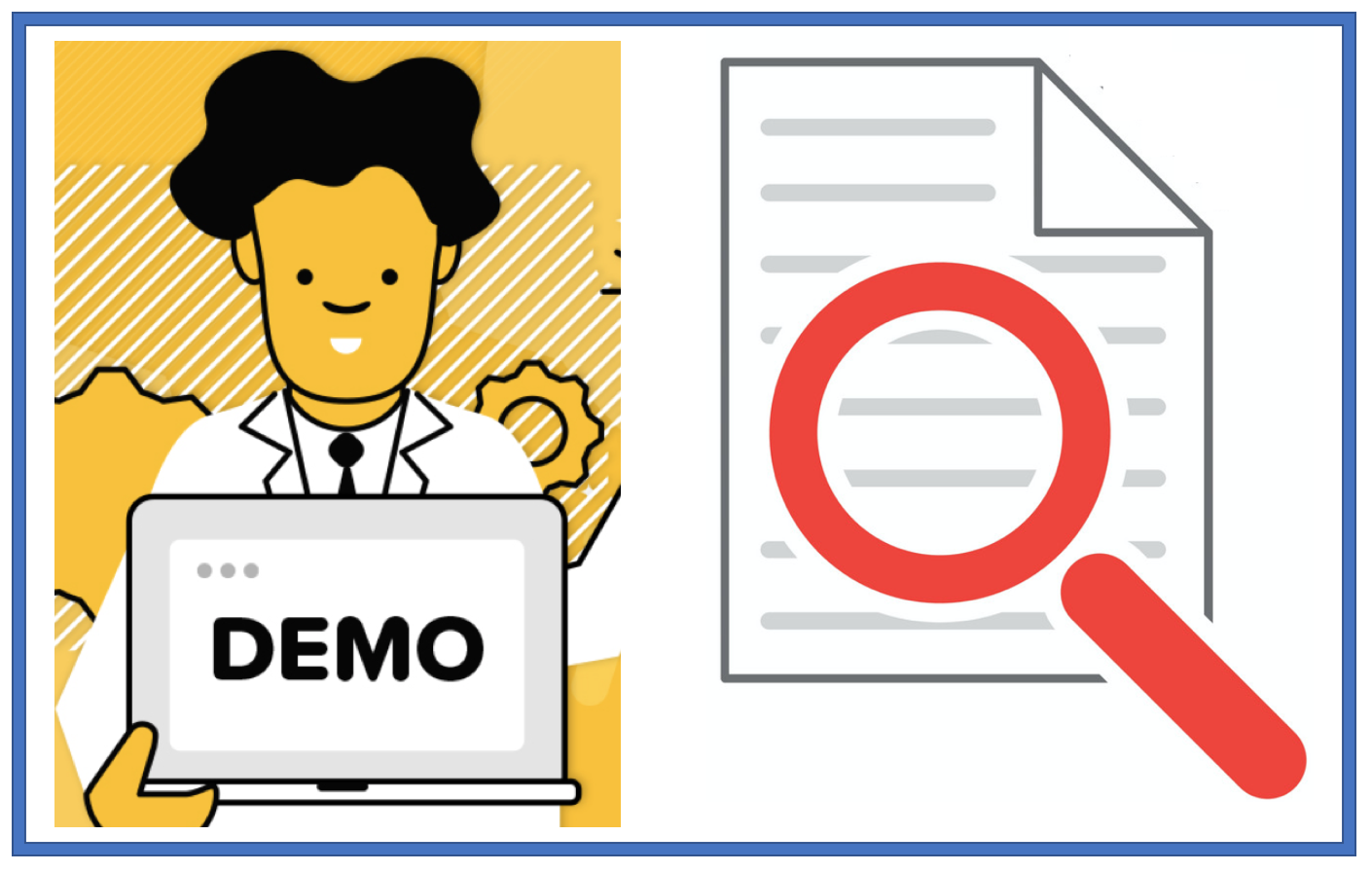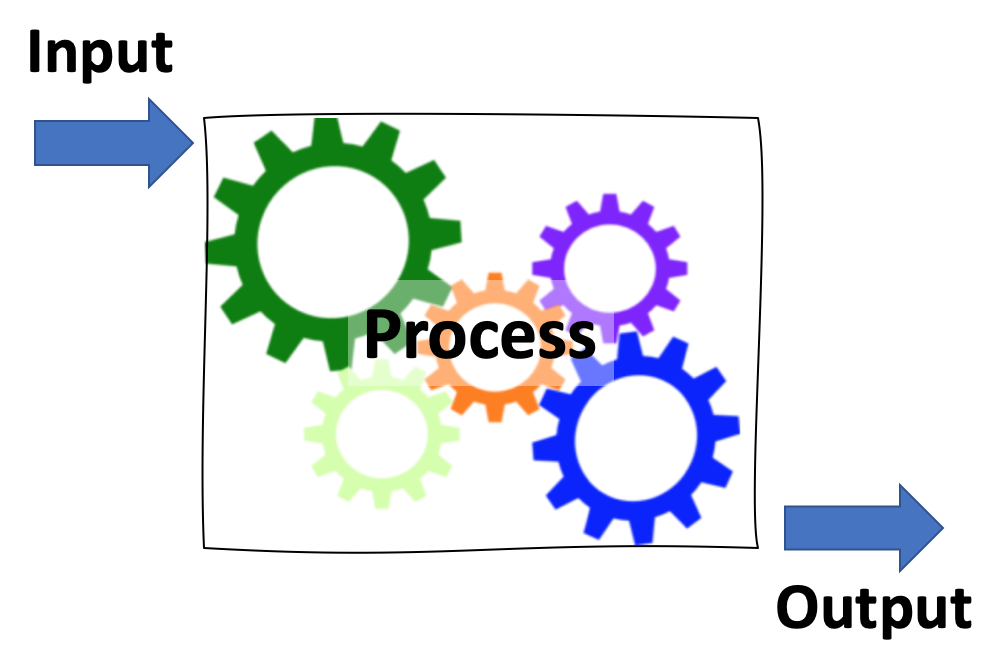Introduction
When you purchase a product or service, you want it to work as expected. You don’t ask the vendor for a product made by Jane’s team, or tell them specifically you don’t want one where John’s team was involved!
To further illustrate, when you buy a latte, get your shirts cleaned, or purchase a vehicle, it should not be a concern which team or individual was involved. You assume all of the people that make lattes or clean shirts can perform that function consistently.
Consistency
Since customers expect consistency, you need to use a consistent process to meet that need. That means there should be a minimum set of practices that each team executes to obtain a consistent result. Since each project will probably be different from the next, it is usual for there to be some process choices, or one common process with tailoring options.
See an example of good practices that leads to world-class performance.
Maintaining the gains
When companies adopt a good process, after a few months or years, performance can become erratic. The process downgrades when there is no way to maintain the gains.
Maintaining the gains can be done by using:
- Internal objective checks or process audits at key project milestones, such as the end of an iteration, gate or release. To be useful, these checks need to be thorough and non-biased
- Checklists that define minimum practices, imbedded into automated workflows that cannot be skipped
- Product demonstrations that depend on the process being followed
- External process audits conducted by customers
- Externally performed process appraisals (e.g., ISO, CMMI, FDA)
- Periodic project status reviews by management and objective internal staff to identify issues early on
- Training and mentoring new hires
- Training existing staff in best practices, lessons learned and refresher sessions

Forcing Function Examples: Demos and Process Checks
Each of these events is an example of a forcing function* that can provide an objective view of current performance. When process and skill gaps are addressed, the process and output are maintained.
Conclusion
Customers want consistent products and services from you, which means that you need to have a consistent way to create and deliver them. After you create an effective working process, you need a way to maintain it.
[Forward this email to your boss! Subject: Here’s a cool tip for you] Quick Link*A forcing function is any task, activity or event that forces you to take action and produce a result. (Wikipedia)

 The Process Group helps you improve your organization's capability to routinely meet deadlines and delivery quality expectations. We are certified CMMI appraisers / trainers and Certified Scrum Masters.
The Process Group helps you improve your organization's capability to routinely meet deadlines and delivery quality expectations. We are certified CMMI appraisers / trainers and Certified Scrum Masters. 